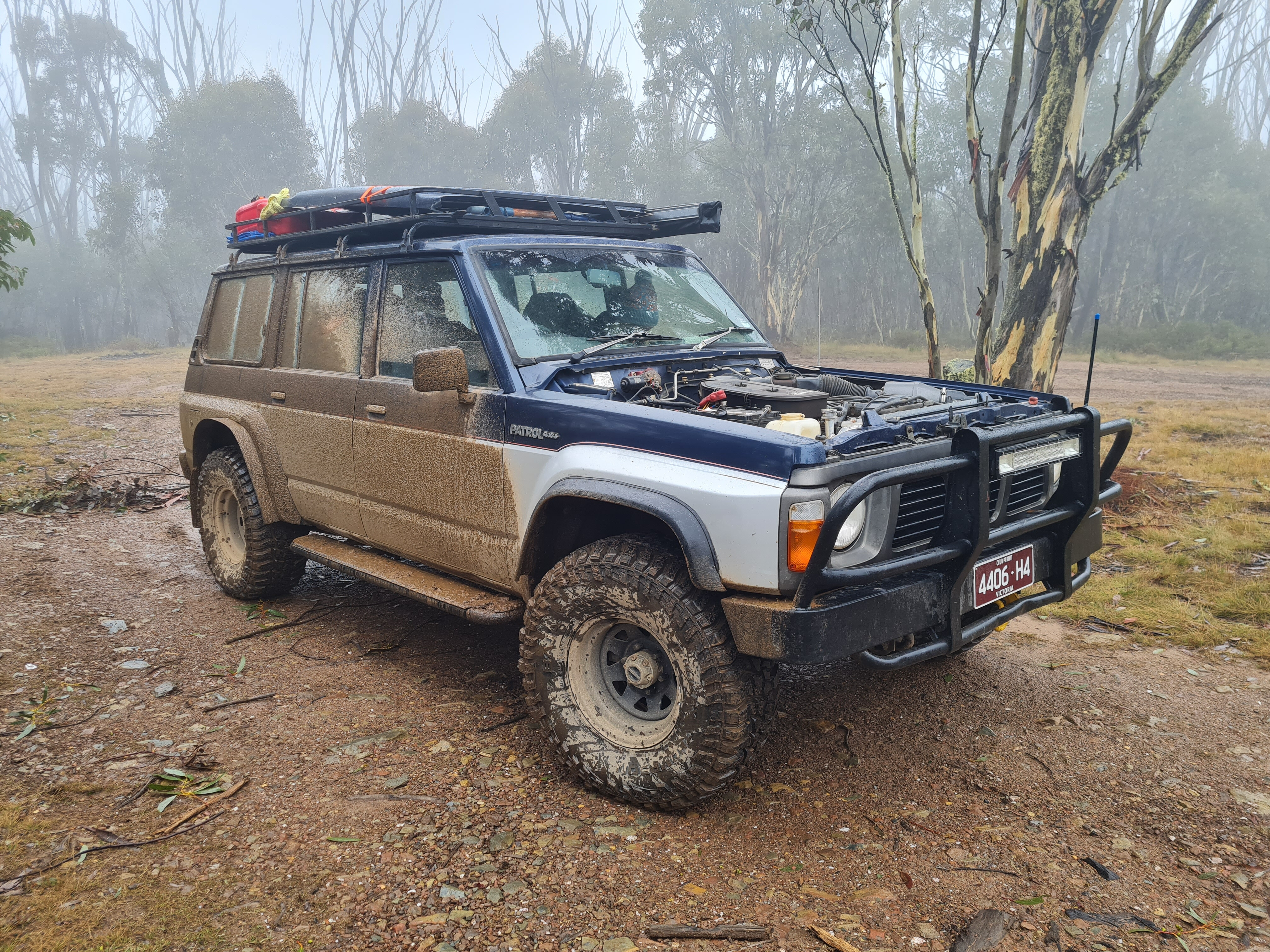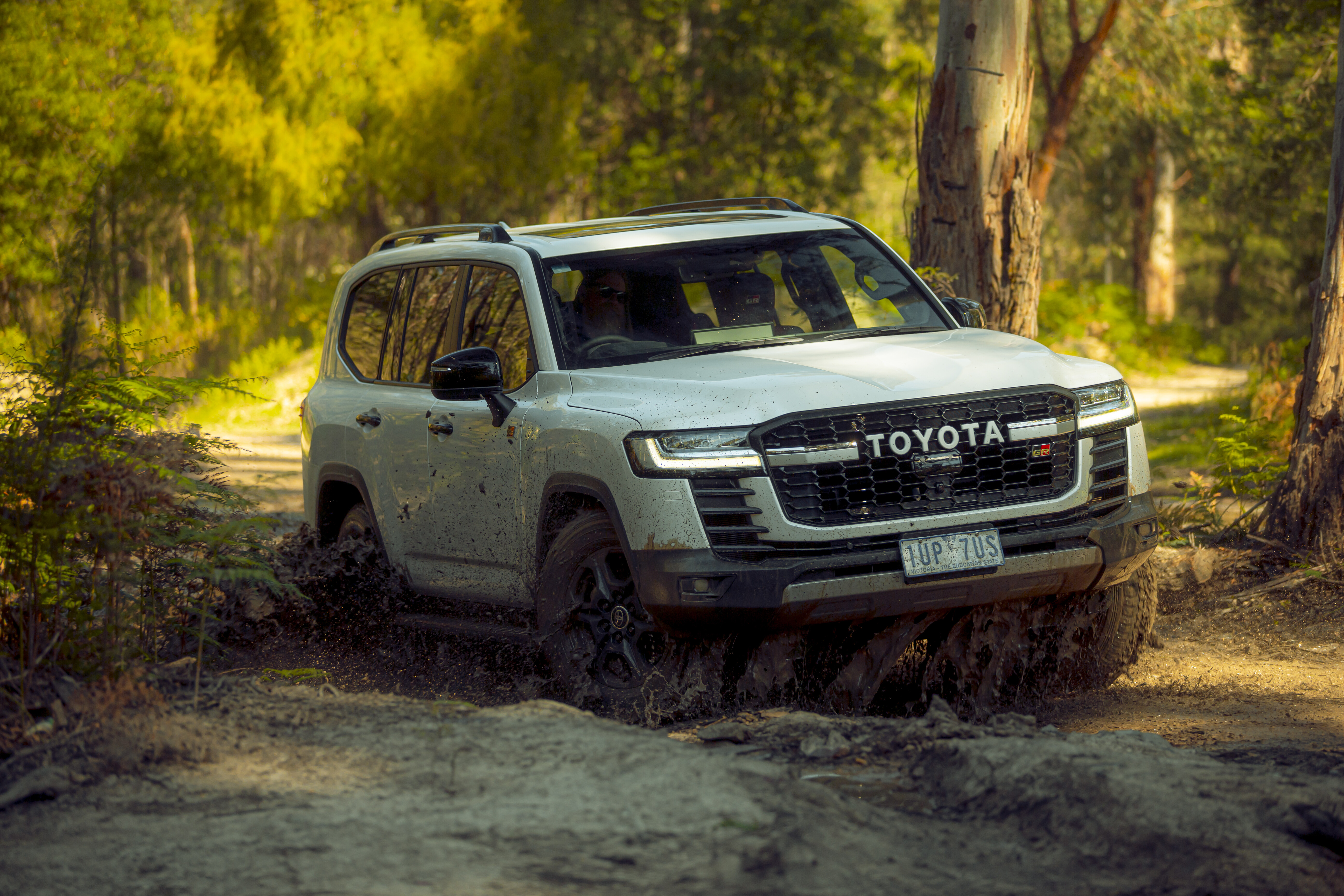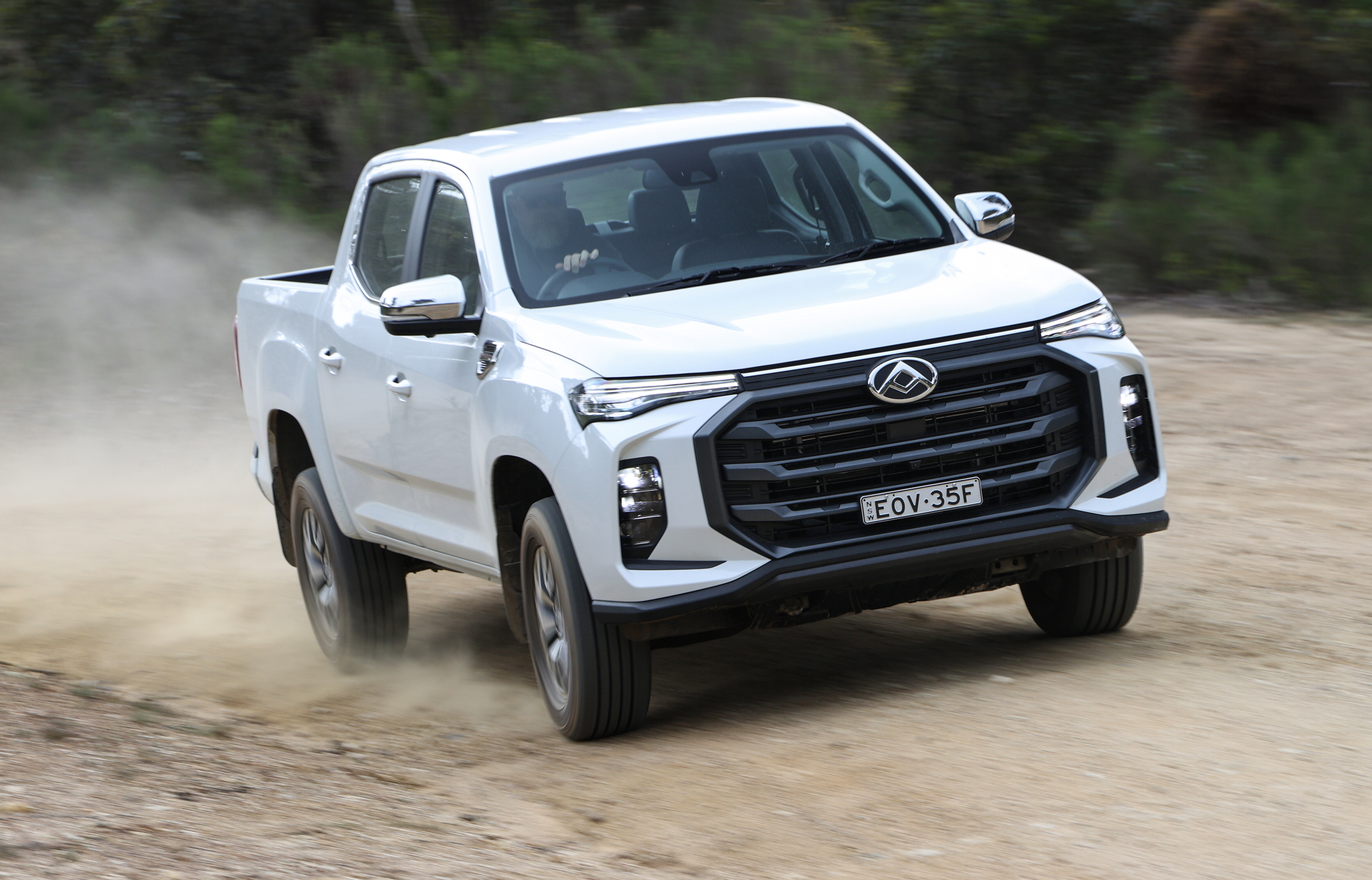Amarok gets the eight-speed auto we’ve been waiting for – and it has a more powerful engine.
Volkswagen’s decision to introduce the Amarok ute powered by a small (compared to segment rivals) 2.0-litre turbo-diesel with manual-only transmission drew criticism from amateur and professional commentators alike. Would the engine be up to the task of the regular demands placed upon a workhorse vehicle and would the lack of an auto put off buyers seeking the ease of indirect cog swapping?
So far sales have steadily increased but not in stratospheric numbers, despite the fact the Amarok has (as stated in our Ute of the Year award) set a benchmark in ute dynamics, performance and quality finish.
The three-engine spec range of Amaroks named in order of torque output (300Nm, 340Nm, 400Nm) will be, by July, augmented with a 132kW bi-turbo diesel that adds 20Nm to the torque store. Peak power remains at 4000rpm like the current 120kW model, whereas the extra torque peaks at 1750rpm.
Crucially, as a class-leading introduction, the Amarok has been given an eight-speed ZF auto transmission. The new ’box will only be available on the all-wheel drive models and only with the higher-power engine. Towing capacity in the 132kW model increases to 3200kg.
The decision to only use the new auto in AWD models and not low-range equipped variants may surprise, but the ratios are such that the eight cogs provide enough flexibility, with short ratios in first and second, so the Amarok takes off in second gear and allows enough range to retain off-road function. No exact ratio figures were available at the launch in Spain, so we can only speculate as to the spacing.
New to Australia will be the single-cab Amarok, but potential customers will have to wait to see exactly what will be on offer. Auto/manual, powertrain; we received no answers. Some good news on the tray in that variant is that it can hold two pallets with room to spare. Specified with the new higher-power engine and auto combination (and consistent in-cab quality) would take the single cab workhorse into a new realm of capability. However, at this stage the ZF auto is destined for dual-cab models only.
While displacement remains at 1968cc for diesel Amaroks, the increase in power has been achieved through engine software tuning and larger turbo vanes for more air intake. Claimed combined cycle fuel consumption in the 132kW auto is 8.5L/100km; 8.0 for the BlueMotion.
Nothing has changed in on-road operation. The Amarok has the dynamics of an SUV – amazing in this vehicle class – and, when pushed through twisting mountain passes, there’s none of the body-roll you’d expect of a ute. The cab is quiet, even though we were driving vehicles shod with Goodyear Wranglers, which are more aggressive than Australian-market Pirelli Scorpions. Despite the vehicles being left-hand drive, all interior appointments were the same as Oz-spec, bar the sat-nav system and fuel-efficient stop-start technology. The latter was much more noticeable than in comparable fuel-efficiency strategies, with an evident judder at stop/start points.
The eight-speed auto is a joy. Controlled with a throttle that is light in operation, there was no harshness and no unruly kick-down even with the Sport mode engaged, which sharpened throttle response and provided even livelier performance from the tweaked bi-turbo diesel. It’s a shame that, at this stage, only the top-spec Amarok will snare the new gearbox.
In most cases, vehicle manufacturers tailor a launch program especially for an off-road element, without being too extreme as not all journalists are experienced four-wheel drivers. This wasn’t the case in Spain. Far off the beaten track the course was a dedicated 4X4 driver-training facility that would have Land Rover Experience operatives interested, though it lacked mud. While there were VW staffers at the start of any severe obstacle, we were surprised that in-cab chaperones were not employed to make sure the right line was taken. Given that we first tackled the course in a high-riding VW Crafter, the off-camber slopes, ditches and climbs seemed even more extreme.
The Amarok is our 4X4 Ute of the Year, but it has to be re-stated how capable it is off-road. The track surface was dusty and loose soil and gravel coated all the climbs and descents. A series of high-crested undulations tested undercarriage protection and ramp-over angles and we gave up explaining our progress over the “wombat” holes to the German organisers. What’s the German word for wombat?
We were advised at each obstacle to engage the off-road mode that employs Hill Descent Control (HDC), which also works in reverse and tunes throttle and brake reactions according to input. There’s also traction control and a rear diff-lock can be employed if necessary. Ambling around the softer sections of the course, the Amaroks provided a smooth ride. The huge rubber bushings go a long way to help in the rear leaf-spring set-up, although no one could confirm whether we were riding on the comfort or optional heavy-duty suspension. Stopping the vehicle over the wombat hole with wheels in the air let us feel the traction control start to push us forward with slight throttle application and the suspension cycled through unfazed no matter the droop or compression at either end.
The most impressive feature of the off-road mode is the HDC. Its effectiveness is one thing, but it is the unfussed way it goes about its business that stands out. Nose over a steep incline and it will slow the Amarok to a crawl. But it’s not set to a limit; it reacts to throttle and brake application accordingly. We found no real need to use the manual mode of the auto to slow progress, in Drive it worked perfectly well no matter how steep the decline.
Locking the rear diff aided progress (traction control is not disabled), but we found the Amarok still made the worst climbs without it and with the off-road mode disabled, progress still wasn’t halted.
Amaroks have one of the best-protected underbodies of all the utes available here, and it was only on a few occasions that a lack of judgement called those plates to the fore, especially over the severe mogul tests.
The test vehicles had a great spray-on tub liner and a sporty hard tonneau cover on gas struts, but neither is confirmed for Australia. When questioned, PR confirmed VW’s stance on accessories such as bullbars are not on the agenda nor sanctioned, but the aftermarket is taking the issue in hand and producing what Aussie buyers require.
Prospective Amarok buyers hoping for Touareg’s V6 turbo-diesel in the auto will be disappointed, for now anyway…
Not that that matters. Amarok is a fantastic vehicle as it stands. And now that the niggle of low output/capacity engine and the lack an auto have been addressed, it’s appeal will only be broadened.





